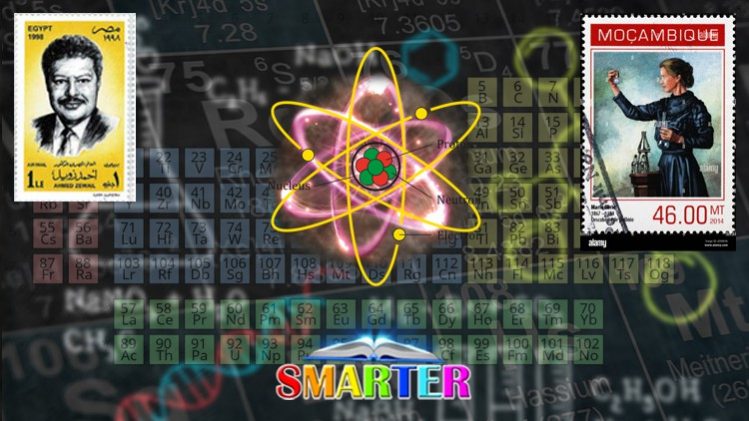
Solid State
Solutions Chemistry
Electrochemistry
Chemical Kinetics
Surface Chemistry
General Principles and Processes of Isolation of Elements
P-Block Elements
D and F-Block Elements
Coordination Compounds
Haloalkanes and Haloarenes
Alcohols, Phenols and Ethers
Aldehydes, Ketones and Carboxylic Acids
Amines
Biomolecules
Polymers
Chemistry in Everyday Life
School Chemistry Class 12 Practical Tests and Answers
[Part 2 of 2] Chemistry Lovers Save your Time and Effort ….. Chemistry Class 12 Practical Tests and Answers
Chemistry is the scientific study of the properties and behavior of matter. It is a natural science that covers the elements that make up matter to the compounds composed of atoms, molecules and ions: their composition, structure, properties, behavior and the changes they undergo during a reaction with other substances.
In the scope of its subject, chemistry occupies an intermediate position between physics and biology. It is sometimes called the central science because it provides a foundation for understanding both basic and applied scientific disciplines at a fundamental level. For example, chemistry explains aspects of plant chemistry (botany), the formation of igneous rocks (geology), how atmospheric ozone is formed and how environmental pollutants are degraded (ecology), the properties of the soil on the moon (cosmochemistry), how medications work (pharmacology), and how to collect DNA evidence at a crime scene (forensics).
Chemistry addresses topics such as how atoms and molecules interact via chemical bonds to form new chemical compounds. There are two types of chemical bonds: 1. primary chemical bonds e.g covalent bonds, in which atoms share one or more electron(s); ionic bonds, in which an atom donates one or more electrons to another atom to produce ions (cations and anions); metallic bonds and 2. secondary chemical bonds e.g. hydrogen bonds; Van der Waals force bonds, ion-ion interaction, ion-dipole interaction etc.



